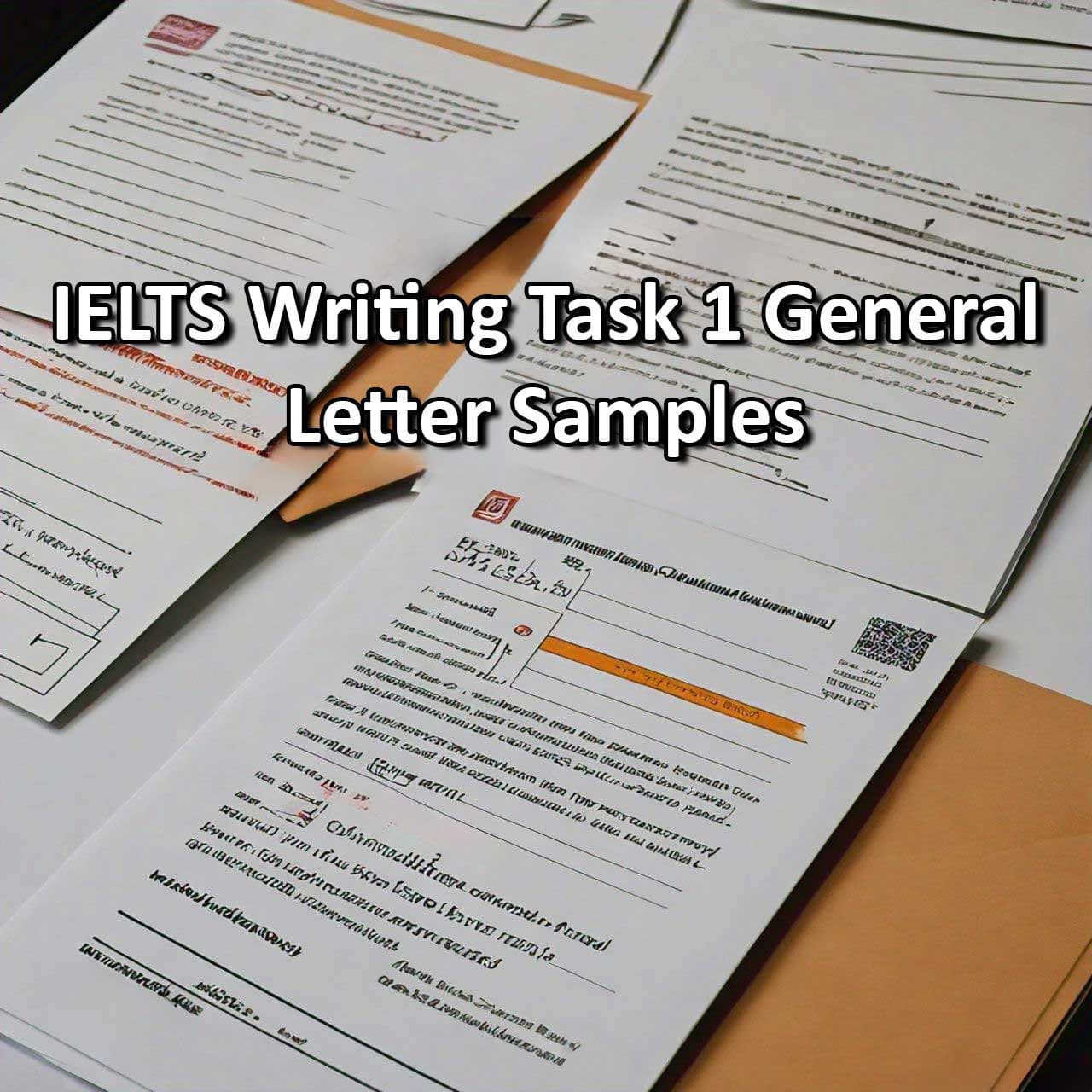In the dynamic landscape of the IELTS (International English Language Testing System) exam, proficiency in idiomatic expressions can add depth, sophistication, and authenticity to your writing. Idiomatic expressions—phrases or expressions whose meaning is not predictable from the usual meanings of its constituent elements—are not only a testament to language fluency but also convey nuance and subtlety in communication. In this blog post, we’ll explore the importance of idiomatic expressions in IELTS Writing and provide strategies for incorporating them effectively into your essays.
Table of Contents
The Significance of Idiomatic Expressions in IELTS Writing
1. Language Fluency: Mastery of idiomatic expressions demonstrates a high level of language fluency and proficiency, leaving a positive impression on examiners.
2. Naturalness and Authenticity: Idiomatic expressions lend a sense of naturalness and authenticity to your writing, making it more engaging and persuasive.
3. Clarity and Precision: Idiomatic expressions often convey complex ideas or emotions succinctly and precisely, enhancing the clarity and impact of your writing.
4. Cultural Awareness: Knowledge of idiomatic expressions reflects cultural awareness and sensitivity, showcasing your understanding of English language and culture.
Strategies for Incorporating Idiomatic Expressions in IELTS Writing
1. Expand Your Vocabulary:
– Actively expand your vocabulary by learning new idiomatic expressions through reading, listening, and studying authentic English materials, such as novels, newspapers, and podcasts.
2. Understand Context and Usage:
– Familiarize yourself with the context and usage of idiomatic expressions, including their meanings, connotations, and appropriate contexts for usage.
3. Use Idioms Sparingly:
– Use idiomatic expressions sparingly and judiciously in your writing, ensuring that they enhance rather than detract from the clarity and coherence of your essay.
4. Incorporate Idioms Naturally:
– Integrate idiomatic expressions seamlessly into your writing, ensuring that they fit organically within the context of your essay and contribute to the overall flow of your argument.
5. Contextualize Idioms:
– Provide context or examples to illustrate the meaning of idiomatic expressions, particularly if they are less familiar or may be misunderstood by the reader.
6. Avoid Overuse or Misuse:
– Avoid overusing idiomatic expressions or using them inappropriately. Use idioms that are relevant and suitable for the topic and tone of your essay.
7. Practice in Writing Tasks:
– Practice incorporating idiomatic expressions into your writing tasks, such as essays, reports, or letters. Seek feedback from teachers or peers to ensure accuracy and appropriateness.
8. Revise and Edit:
– Review your writing carefully to ensure that idiomatic expressions are used correctly and effectively. Edit your essay to refine your choice of idioms and improve clarity and coherence.
Examples of Idiomatic Expressions for IELTS Writing
1. A blessing in disguise: Something that seems bad or unlucky at first but turns out to be beneficial in the end.
2. A piece of cake: Something that is very easy to do or accomplish.
3. Cost an arm and a leg: Something that is very expensive.
4. Hit the nail on the head: To describe exactly what is causing a situation or problem.
5. Under the weather: Feeling ill or sick.
Conclusion
Incorporating idiomatic expressions into your IELTS Writing can elevate the sophistication, clarity, and authenticity of your essays, showcasing your language fluency and cultural awareness. By expanding your vocabulary, understanding context and usage, using idioms sparingly and naturally, contextualizing idioms, avoiding overuse or misuse, practicing in writing tasks, and revising and editing carefully, you can effectively incorporate idiomatic expressions into your writing and enhance your overall performance on the exam. Remember, idiomatic expressions are a valuable tool for expressing ideas creatively and persuasively, so embrace the opportunity to enrich your writing with these colorful expressions.



